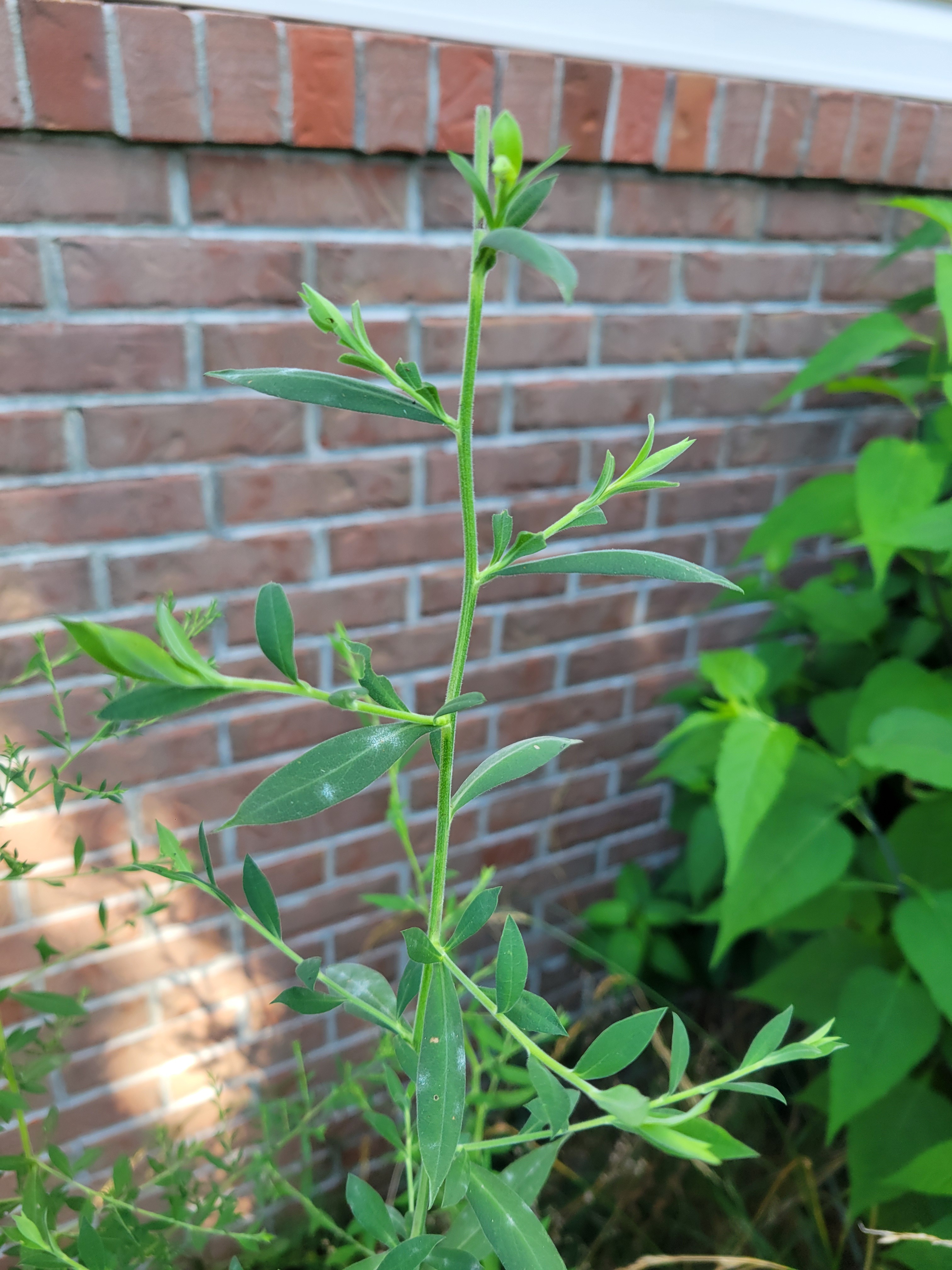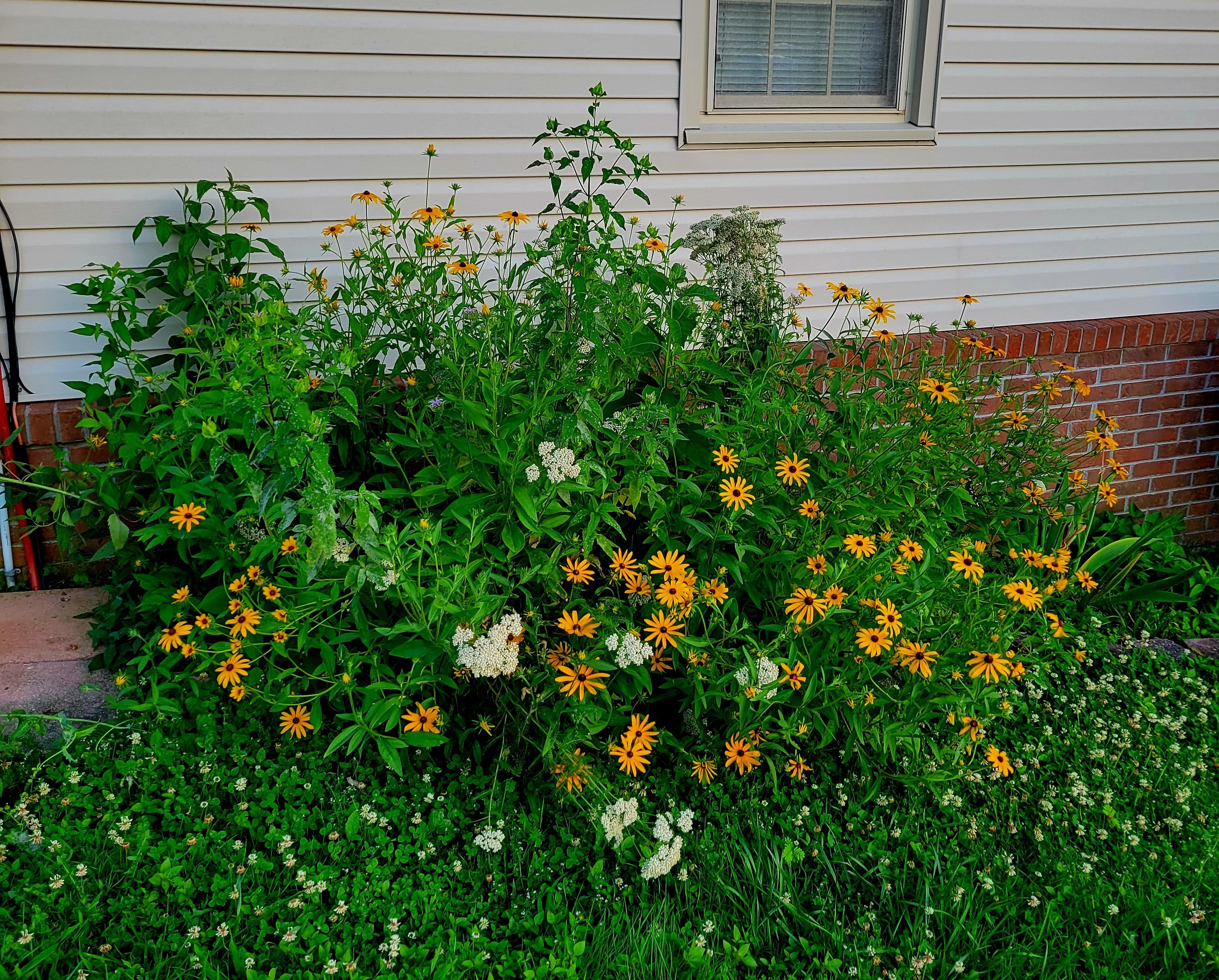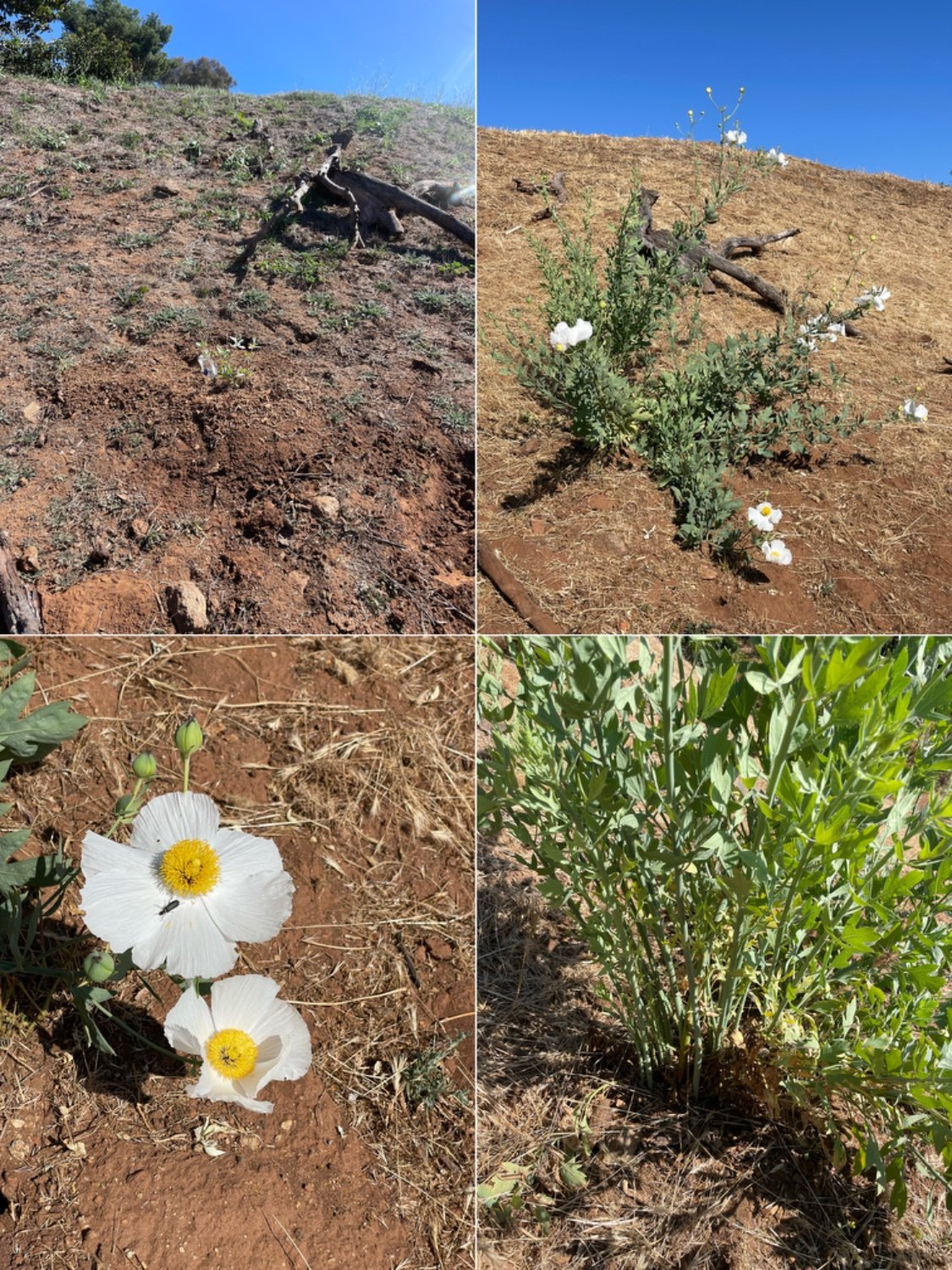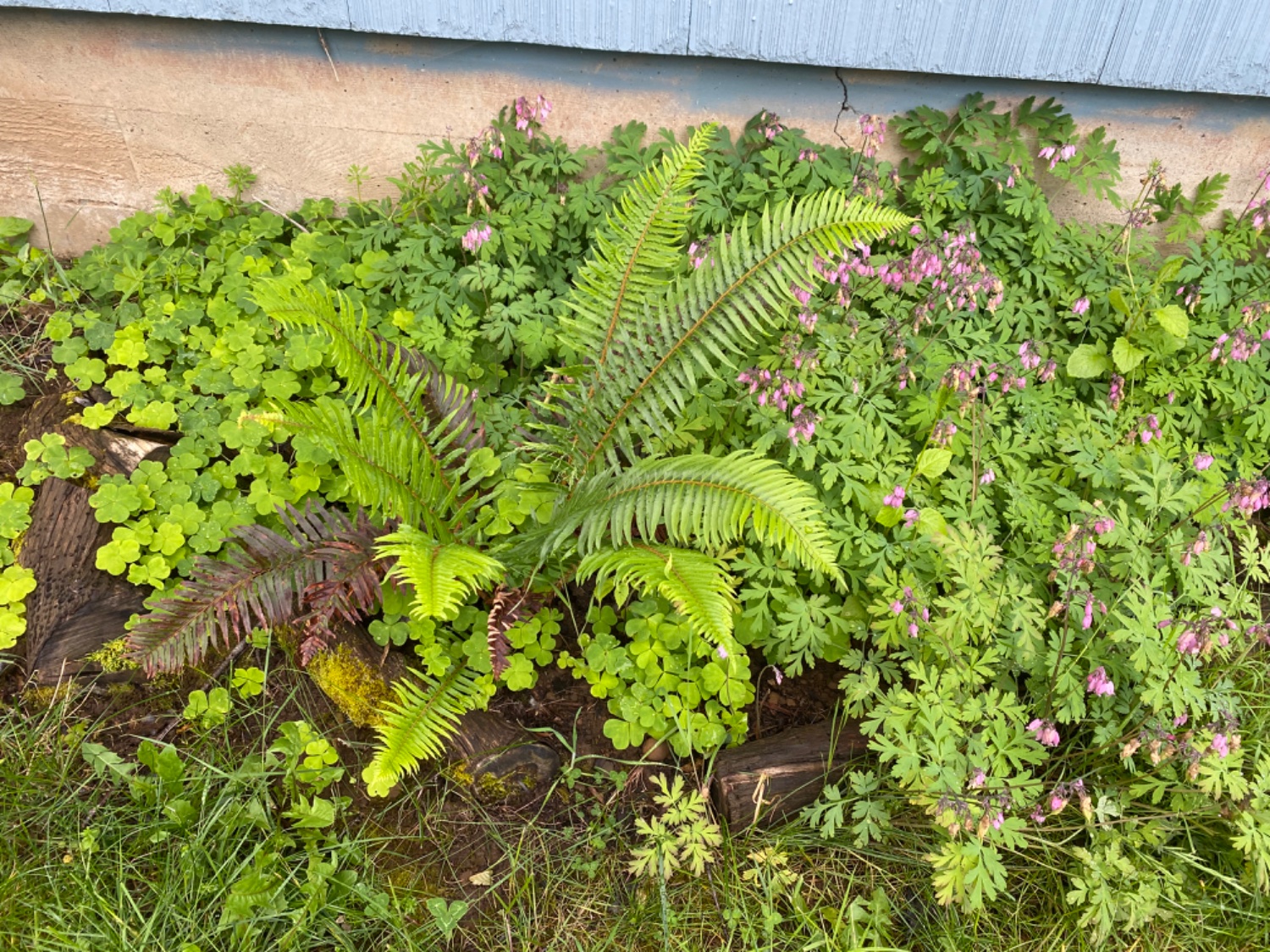6
7
8
94
10
27
20
1
22
1
view more: next ›
Native Plant Gardening
699 readers
1 users here now
Why native plants?
According to the The National Audubon Society:
Restoring native plant habitat is vital to preserving biodiversity. By creating a native plant garden, each patch of habitat becomes part of a collective effort to nurture and sustain the living landscape for birds and other animals.
What our community is about—
This community is for everyone who is interested in planting native species in their garden. Come here for discussions, questions, and sharing of ideas/photos.
Rules:
- Don't be a jerk.
- Don't spam.
- Stay on topic.
- Specify your region in the post title. This is a global community, so designating your region is important.
More for you to explore—
founded 1 year ago
MODERATORS













